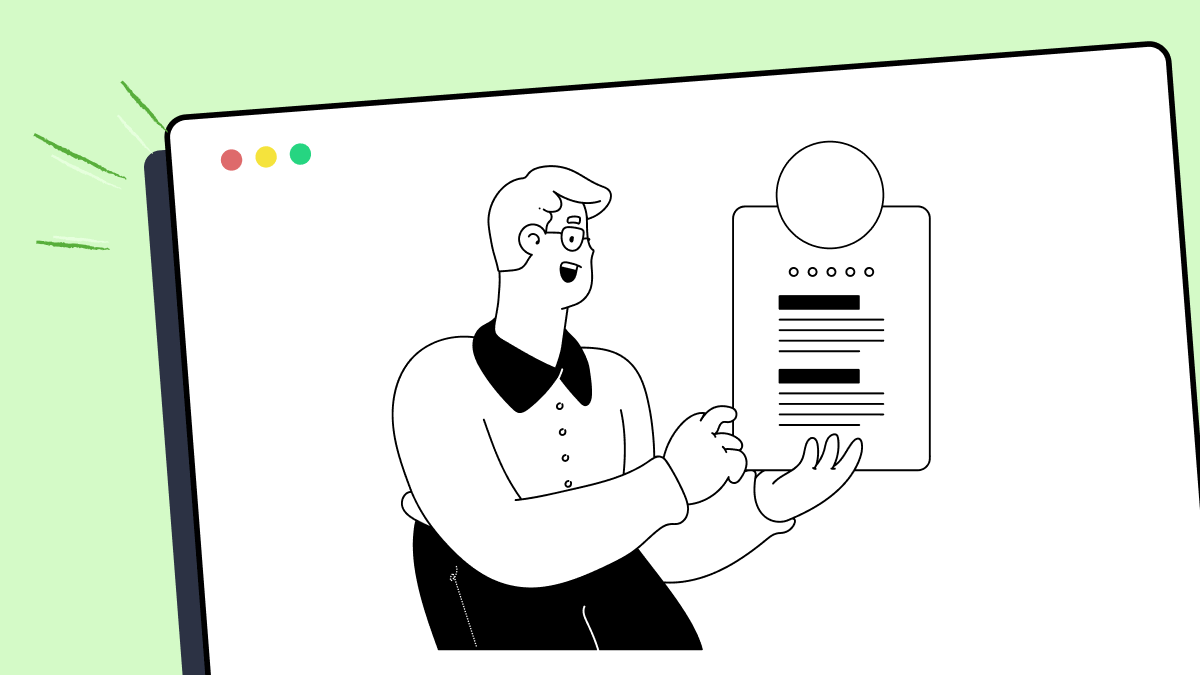How to use test_tagging method in locust
Best Python code snippet using locust
grader.py
Source: grader.py
2from tagger import *3from collections import defaultdict4def read_data_test(path):5 return open(path, 'r').read().split('\n')6def test_tagging(test_file):7 pred = np.asarray(read_data_test(test_file+'.pred'))8 soln = np.asarray(read_data_test(test_file+'.soln')[:-1])9 acc = np.sum(pred==soln) / len(soln)10 pct = min(acc, tagging_threshold) / tagging_threshold11 return pct12def almost_equal(a, b, diff=1e-4):13 if a == -np.inf:14 return b == -np.inf15 return np.abs(a-b) < diff16def array_almost_equal(a, b, diff=1e-4):17 if a.shape != b.shape:18 return False19 a_flat = a.flatten()20 b_flat = b.flatten()21 for i in range(a_flat.shape[0]):22 if not almost_equal(a_flat[i], b_flat[i]):23 return False24 return True25scheme = {26 'prior': 14,27 'transition':14,28 'emission':14,29 'tagging_small':35,30 'tagging_large':2331}32tagging_threshold = 0.8533test_names = list(scheme.keys())34if __name__ == '__main__':35 prior, transition, emission = train_HMM('data/train-public')36 results = defaultdict(float)37 solutions = np.load('soln.npz')38 # Prior Tests39 try:40 assert(array_almost_equal(prior, solutions['prior']))41 results['prior'] = scheme['prior']42 except Exception:43 pass44 # Transition Tests45 try:46 assert(array_almost_equal(transition, solutions['transition']))47 results['transition'] = scheme['transition']48 except Exception:49 pass50 # Emission Tests51 try:52 assert(array_almost_equal(np.asarray([emission[(key[0], key[1])] for key in solutions['emission_key']]), solutions['emission_val']))53 results['emission'] = scheme['emission']54 except Exception:55 pass56 # Tagging tests57 # Small58 try:59 results['tagging_small'] = test_tagging('data/test-public-small') * scheme['tagging_small']60 except Exception:61 pass62 # Large63 try:64 results['tagging_large'] = test_tagging('data/test-public-large') * scheme['tagging_large']65 except Exception:66 pass67 for t in test_names:68 print(t+": %.1f/%.1f" % (results[t], scheme[t]))...Blogs
Check out the latest blogs from LambdaTest on this topic:
Joseph, who has been working as a Quality Engineer, was assigned to perform web automation for the company’s website.
Lack of training is something that creates a major roadblock for a tester. Often, testers working in an organization are all of a sudden forced to learn a new framework or an automation tool whenever a new project demands it. You may be overwhelmed on how to learn test automation, where to start from and how to master test automation for web applications, and mobile applications on a new technology so soon.
There are times when developers get stuck with a problem that has to do with version changes. Trying to run the code or test without upgrading the package can result in unexpected errors.
Websites and web apps are growing in number day by day, and so are the expectations of people for a pleasant web experience. Even though the World Wide Web (WWW) was invented only in 1989 (32 years back), this technology has revolutionized the world we know back then. The best part is that it has made life easier for us. You no longer have to stand in long queues to pay your bills. You can get that done within a few minutes by visiting their website, web app, or mobile app.
Automation Testing Tutorials
Learn to execute automation testing from scratch with LambdaTest Learning Hub. Right from setting up the prerequisites to run your first automation test, to following best practices and diving deeper into advanced test scenarios. LambdaTest Learning Hubs compile a list of step-by-step guides to help you be proficient with different test automation frameworks i.e. Selenium, Cypress, TestNG etc.
LambdaTest Learning Hubs:
- JUnit Tutorial
- TestNG Tutorial
- Webdriver Tutorial
- WebDriverIO Tutorial
- Protractor Tutorial
- Selenium 4 Tutorial
- Jenkins Tutorial
- NUnit Tutorial
- Jest Tutorial
- Playwright Tutorial
- Cypress Tutorial
- PyTest Tutorial
YouTube
You could also refer to video tutorials over LambdaTest YouTube channel to get step by step demonstration from industry experts.
Try LambdaTest Now !!
Get 100 minutes of automation test minutes FREE!!



